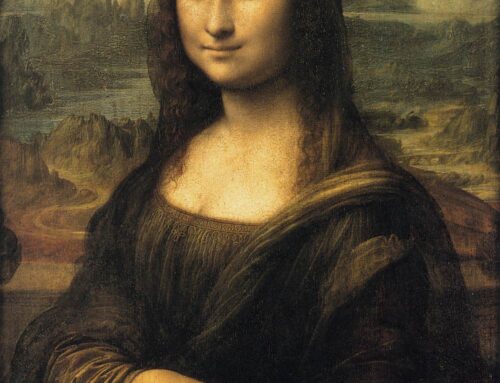Widening the Night Watch: AI helps restore Rembrandt’s original vision. From the article:
The Night Watch by Rembrandt has enraptured millions visiting Amsterdam’s Rijksmuseum and its previous homes over the centuries, dazzling with its scale and fine detail.
But it is only from today, thanks to the use of artificial intelligence to recapture some of the Dutch master’s genius, including the sweep of his brush strokes and perspective of his eye, that it can for the first time in 300 years be enjoyed in its complete form.
In 1715, three-quarters of a century after it was painted, the canvas was trimmed – 60cm (2ft) cut from the left side of the painting, 22cm (9ins) from the top, 12cm from the bottom and 7cm from the right – so that the masterpiece might fit between two doors at Amsterdam’s city hall.
But using high-resolution photography of what is left of the original, computer learning of Rembrandt’s techniques and a contemporary copy of the full painting by Gerrit Lundens hanging in London’s National Gallery, the Rijksmuseum in Amsterdam was able to reproduce the work in all its glory.
“It is spectacular because what Rembrandt painted was Captain Frans Banninck Cocq ordering his lieutenants to march out and that is now exactly what you see,” said Taco Dibbits, director of the Rijksmuseum.
“With the addition especially on the left and the bottom, an empty space is created in the painting where they march towards. When the painting was cut [the lieutenants] were in the centre, but Rembrandt intended them to be off-centre marching towards that empty space, and that is the genius that Rembrandt understands: you create movement, a dynamic of the troops marching towards the left of the painting.”…
Lundens’ copy, painted within 13 years of the uncut original, was a passable one, but scientists working with the computers discovered he must have been sitting on the left side of the painting, creating distortions in perspective. He used slightly different mixes of paint and his work has aged rather differently to The Night Watch over time.
A relatively new technology known as convolutional neural networks, a type of AI algorithm that helps computers understand images, was able to correct all these failings when recreating the lost parts pixel by pixel. Crucially, the computers were able to learn how to reproduce the very strokes of Rembrandt’s brush, to ensure they are as close as possible to how the painting appeared three centuries ago.
For another post on AI and art, see here.









Leave A Comment